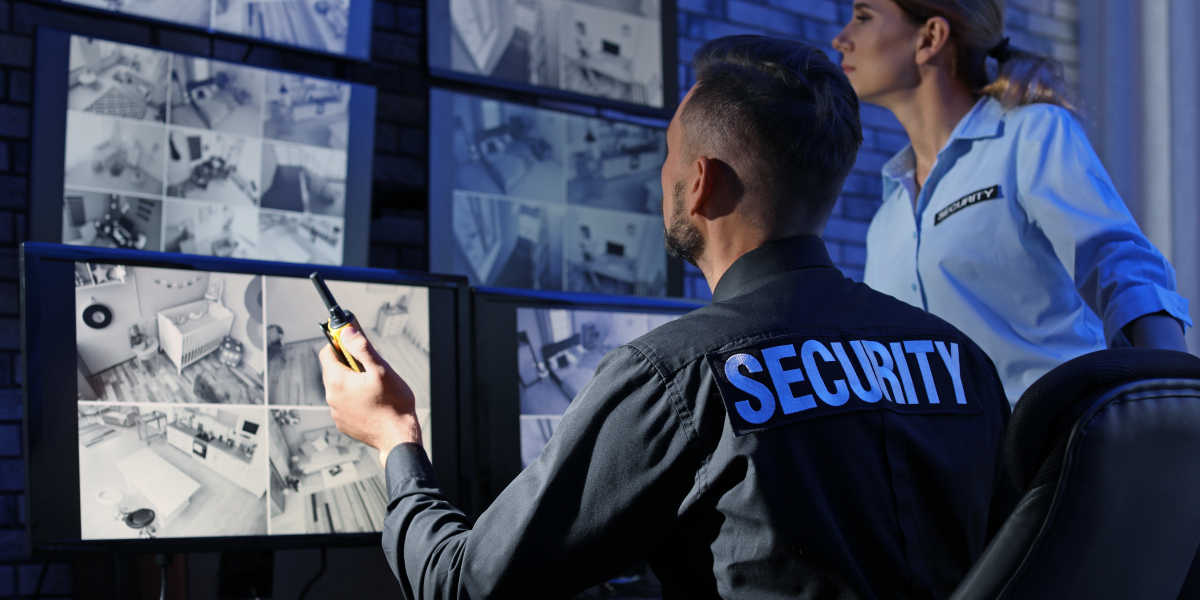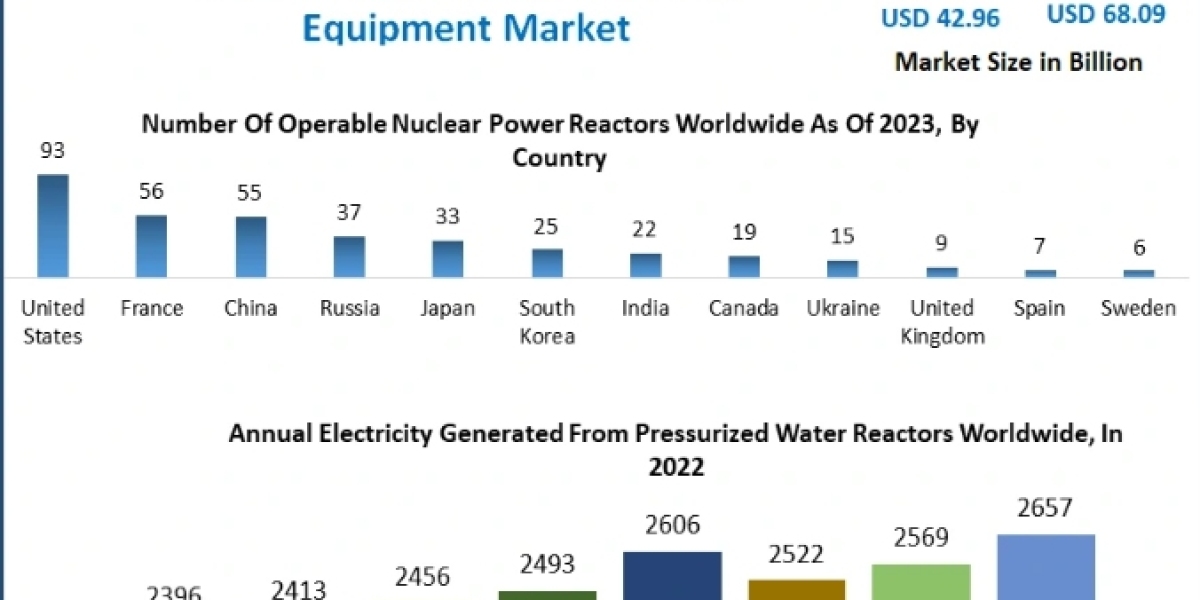In today’s fast-paced corporate world, ensuring the safety of employees, assets, and information has become paramount. Corporate offices face a range of security challenges, from unauthorized access and theft to vandalism and espionage. To mitigate these risks, companies must implement robust physical security measures tailored to their specific needs and potential vulnerabilities. This article delves into key physical security strategies for corporate offices and explains why each is essential for maintaining a safe and productive work environment.
Surveillance Cameras and Monitoring:
Installing CCTV cameras throughout office premises serves as a powerful deterrent against unauthorized activities. Strategically placed cameras in areas such as entrances, exits, parking lots, and high-value zones (e.g., server rooms) help monitor activity and gather evidence in case of an incident. Surveillance systems have evolved to include high-definition cameras, motion-detection sensors, and even facial recognition capabilities, allowing security teams to proactively spot and respond to suspicious behavior. When combined with remote monitoring services, surveillance cameras add an extra layer of security, especially outside of standard business hours.
Access Control Systems:
Controlling who enters and exits a corporate office is the cornerstone of physical security. Advanced access control systems use technologies like key cards, biometrics, or mobile credentials to allow only authorized personnel access to the premises. Unlike traditional lock-and-key systems, modern access control solutions offer a centralized system to monitor entries and exits in real-time, providing data on individual movements throughout the facility. This setup also enables administrators to quickly revoke access for terminated employees or adjust access levels for temporary workers or visitors.
Security Personnel and Reception Staff:
Having trained security personnel on-site adds an invaluable layer of human intelligence to corporate office security. Security guards stationed at entrances can screen individuals, respond to potential threats, and assist in emergency situations. In addition, reception staff play a critical role in security by verifying visitor identities, managing deliveries, and maintaining visitor logs. Together, security personnel and reception staff create a welcoming yet secure environment, ensuring only authorized individuals have access to sensitive areas.
Visitor Management Systems:
Corporate offices often receive visitors for various purposes, including business meetings, interviews, or vendor deliveries. Implementing a visitor management system (VMS) ensures that guests are logged, issued temporary badges, and given access only to areas necessary for their visit. Advanced VMS platforms offer options for pre-registration, photo identification, and instant notification to hosts upon visitor arrival. By tracking visitor information digitally, companies can maintain comprehensive records, which can be crucial for security audits or investigations if incidents arise.
Perimeter Security and Fencing:
A secure perimeter is essential for any corporate office to prevent unauthorized access and minimize potential risks from external threats. Perimeter security may involve fencing, gates, and bollards designed to limit vehicle and pedestrian access to sensitive areas. These barriers, in combination with controlled entry points, create a strong physical barrier that discourages intrusions. Additionally, some companies install electronic barriers and alarms that trigger alerts when unauthorized individuals attempt to breach the perimeter, allowing security teams to respond swiftly.
Alarm Systems and Intrusion Detection:
Alarm systems are crucial for detecting unauthorized access, especially after business hours. Modern intrusion detection systems are equipped with sensors for doors, windows, and other entry points, triggering alerts if any breach occurs. Integrated alarm systems can notify both on-site security teams and local authorities in case of a security breach, ensuring a rapid response. Many systems also include mobile app connectivity, allowing security managers to receive alerts and monitor the premises from remote locations.
Lockdown and Emergency Response Protocols:
Establishing lockdown and emergency response protocols is critical for managing potential security incidents effectively. Lockdown protocols provide clear instructions on how to secure the office in the event of an immediate threat, such as an active intruder or external hazard. In addition, corporate offices should conduct regular emergency drills to prepare employees for various scenarios, such as evacuations, shelter-in-place orders, or medical emergencies. Clear, well-practiced protocols empower employees to respond quickly and confidently, minimizing risks and ensuring their safety.
Physical Barriers for High-Security Areas:
Certain areas within a corporate office, such as server rooms, data centers, and executive offices, may require extra protection due to the sensitive information or valuable assets they hold. In these cases, companies often implement physical barriers, such as reinforced doors, biometric access controls, and restricted zones accessible only to specific personnel. These added security measures help safeguard critical assets from unauthorized access and ensure a higher level of data protection.
Lighting and Environmental Design:
Good lighting plays a crucial role in deterring criminal activity. Ensuring that parking lots, building exteriors, and entryways are well-lit makes it easier for employees and security personnel to spot suspicious activity. Environmental design principles, like Crime Prevention Through Environmental Design (CPTED), emphasize using landscaping, walkways, and lighting to naturally enhance security. For instance, clear sightlines around the property and minimal hiding spots can deter potential intruders, making it difficult for them to approach undetected.
Employee Training and Awareness Programs:
Physical security measures are only as effective as the people who uphold them. Regular training programs for employees on topics such as recognizing and reporting suspicious activity, handling security devices, and following emergency protocols can greatly enhance overall security. When employees understand their role in maintaining a safe environment, they become active participants in the organization’s security efforts. Awareness campaigns, email reminders, and posters can also reinforce these messages, ensuring a culture of security consciousness within the workplace.
Data Security for Physical Security Devices:
As more physical security systems incorporate internet-connected devices, such as IP cameras and cloud-based access control systems, companies must address cybersecurity vulnerabilities that could compromise physical security. Unauthorized access to security devices can lead to serious breaches, making it essential to regularly update software, use strong passwords, and employ encryption for data transmission. Integrating cybersecurity measures with physical security systems is crucial to protect both data and the physical integrity of corporate offices.
Final Thought:
In a world where corporate offices are increasingly targeted for both physical and digital threats, investing in comprehensive physical security measures is no longer optional but necessary. By implementing access controls, surveillance, perimeter security, and well-defined emergency protocols, corporate offices can ensure the safety of their assets and people. Additionally, fostering a security-aware culture through training programs further strengthens these efforts, making security a shared responsibility within the organization. With a robust physical security plan in place, companies can focus on growth and productivity, knowing their corporate spaces are secure.









